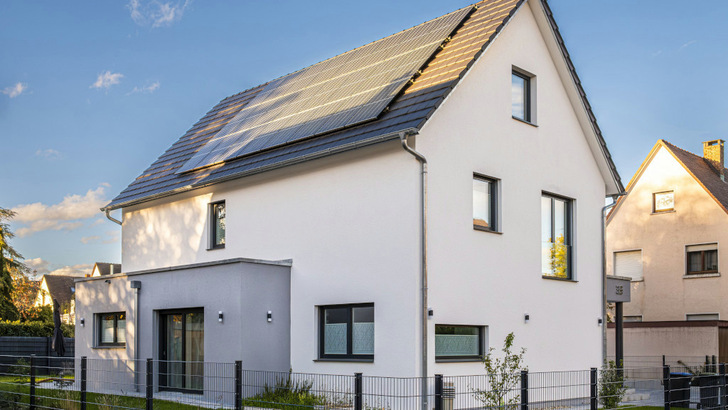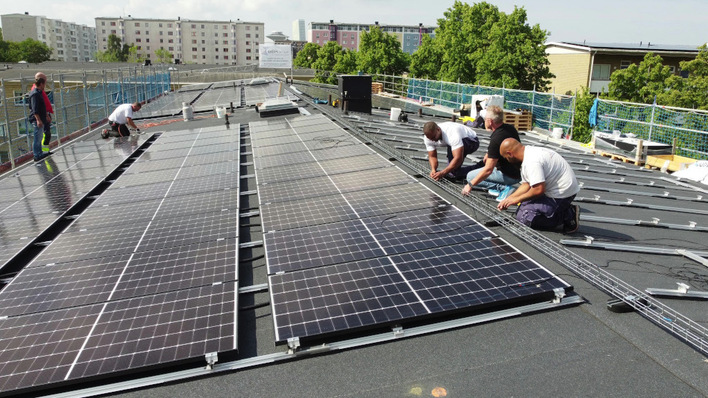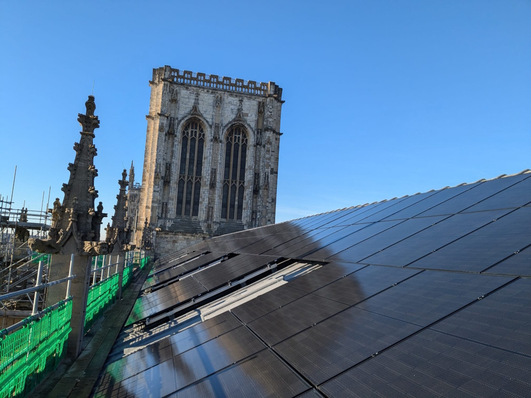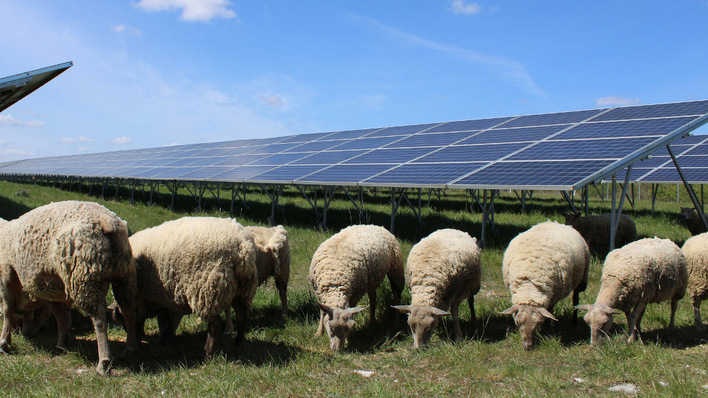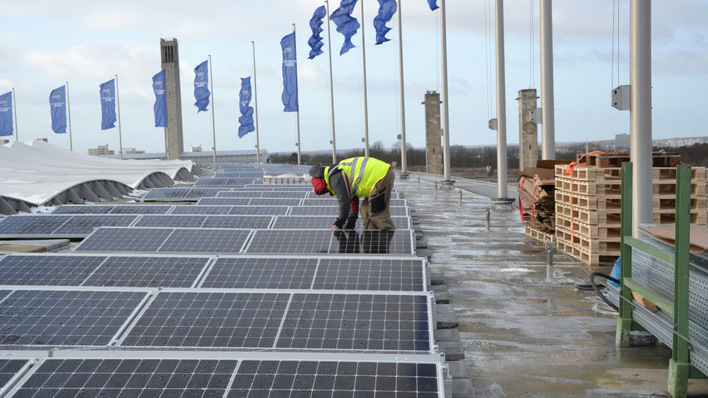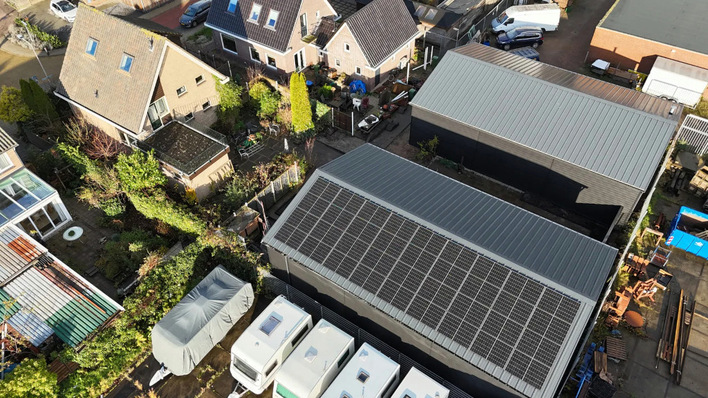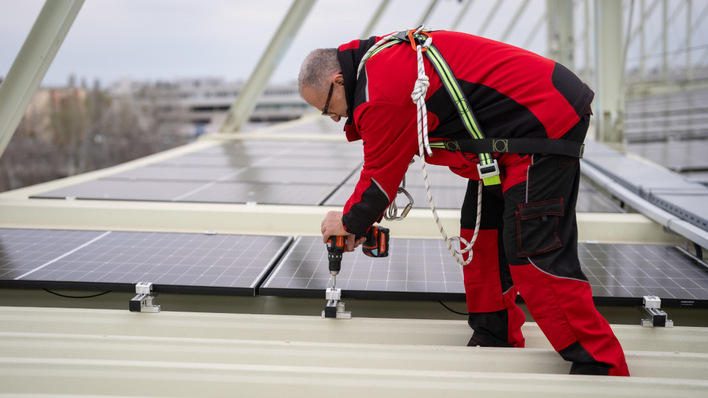The rapid increase in demand for photovoltaics following the Russian invasion of Ukraine and the resulting rise in energy costs has shown that owners of single-family homes in particular want to become energy self-sufficient - at least as far as possible. A recent study by the Karlsruhe Institute of Technology (KIT) shows that this can go a long way.
"By investing in local energy supply systems, you can cover a large part of your own electricity consumption yourself and thus reduce your dependence on high electricity prices," says Max Kleinebrahm, group leader at the Institute of Industrial Management and Production (IIP) at KIT and lead author of the study.
Over half of homes can become self-sufficient
This has shown that, under current conditions, 53 per cent of the 41 million buildings in Europe are technically capable of being completely self-sufficient with photovoltaics and Electricity storage units.
See also: Hering now becomes manufacturer of organic photovoltaic modules
Russell McKenna, Professor at the Swiss Federal Institute of Technology in Zurich (ETH Zurich) and Head of the Laboratory for Energy Systems Analysis at the Paul Scherrer Institute in Switzerland, which was also involved in the study, predicts: "This proportion could rise to 75 per cent by 2050 due to improved technologies."
4,000 representative single-family homes analysed
To find this out, the researchers first created a database in which high-resolution geographical information on the European building stock and the households living in them was combined with local climatic and economic conditions.
Based on this data, they first configured 4,000 representative single-family homes in such a way that they could be equipped with an energy self-sufficient supply system in a cost-optimised manner. In the next step, they used neural networks to transfer the results to the 41 million single-family homes analysed.
Two million homes can disconnect
Transferring the calculated results into practice would mean that up to two million single-family homes could completely disconnect from the electricity grid by 2050, as Russell McKenna explains. The prerequisite is that they invest around 50 per cent more in self-sufficiency than would be necessary for a normal energy system for the building with a grid connection.
The researchers are optimistic. "In addition to economic efficiency, non-monetary aspects such as a high proportion of renewable energies, a rejection of the use of nuclear and fossil fuels and a high degree of self-sufficiency are playing an increasingly important role in the decision," says Max Kleinebrahm from KIT.
Stable weather or high electricity prices drive demand
The researchers see great potential for energy self-sufficient single-family homes, especially in regions with low seasonal weather fluctuations, such as Spain. However, high electricity prices, such as in Germany, could also encourage homeowners to become self-sufficient.
Also interesting: Smartenergy acquires majority stake in Rewatt
"Our results show that a successful, cost-optimised and self-sufficient energy supply system for buildings in Central Europe will consist of photovoltaics for power generation as well as a combination of short-term battery storage and a long-term, seasonal hydrogen storage system," says Jann Weinand, head of department at Forschungszentrum Jülich, which was also involved in the preparation of the study.
Self-sufficient buildings stabilise the energy system
In the next stage of the research, the researchers will look at what effects can be expected for the European energy system if a large number of single-family homes become energy self-sufficient. However, they suspect a positive effect. "Partially self-sufficient homes could help to stabilise the overarching energy system in the future," says Elias Naber from KIT's IIP. "A less pronounced demand profile of households could, for example, dampen the demand for peak-load power plants. However, it would then be necessary to prevent building owners from completely disconnecting from the grid - for example, by rewarding them for grid-friendly behaviour with special electricity tariffs," he advises. (su/mfo)


